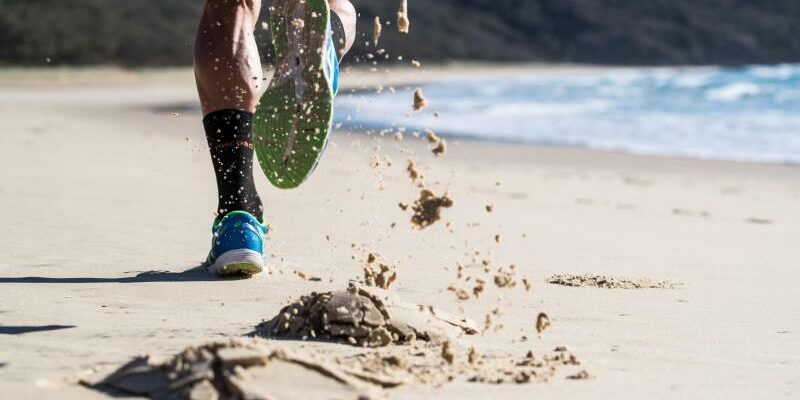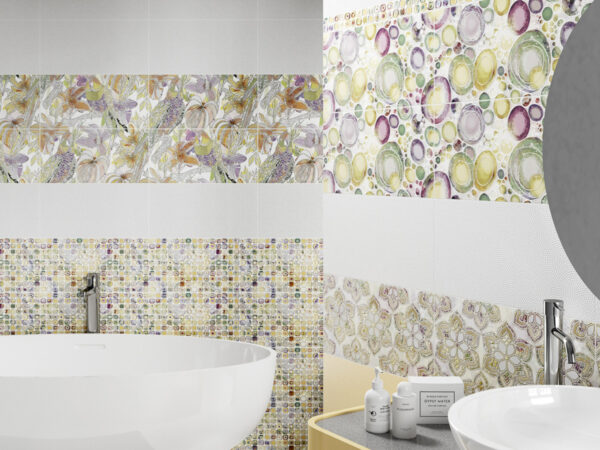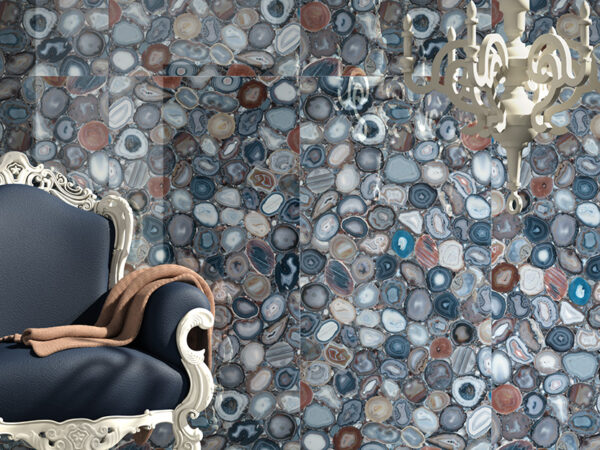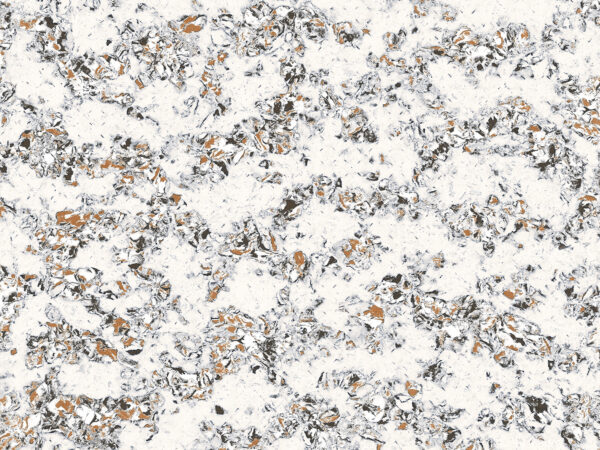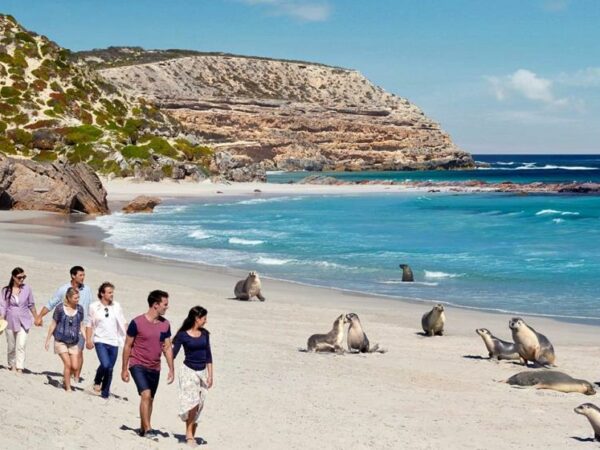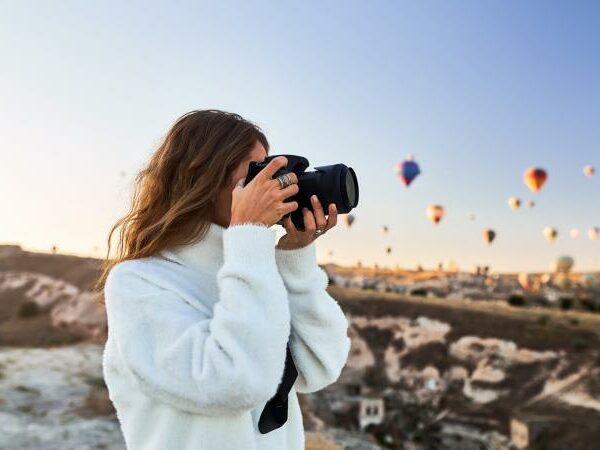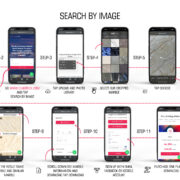The beach is an endless source of inspiration for photographers. Because of their immense natural beauty, striking colours, and unique light patterns, beaches are ideal subjects for digital photography.

However, on the cloudiest of days, the intensity of sunshine on the beach can bounce off the sea and sand, making it difficult to get a well-balanced exposure for photography. Aside from that, finding an intriguing subject to focus on might be difficult, especially when there are other people present.
Here are some tips to help you take more fun, innovative and quality beach photos.
1. Use the Golden & Blue Hour to your Advantage
Depending on the coast, the greatest beach photography is shot during dawn or sunset, known as the golden hour. Sunsets should be photographed if you’re looking west, whereas sunrises should be captured if you’re facing east. Your amazing beach images will be lit in gentle, golden hour light over the sea if you use the dawn or sunset.
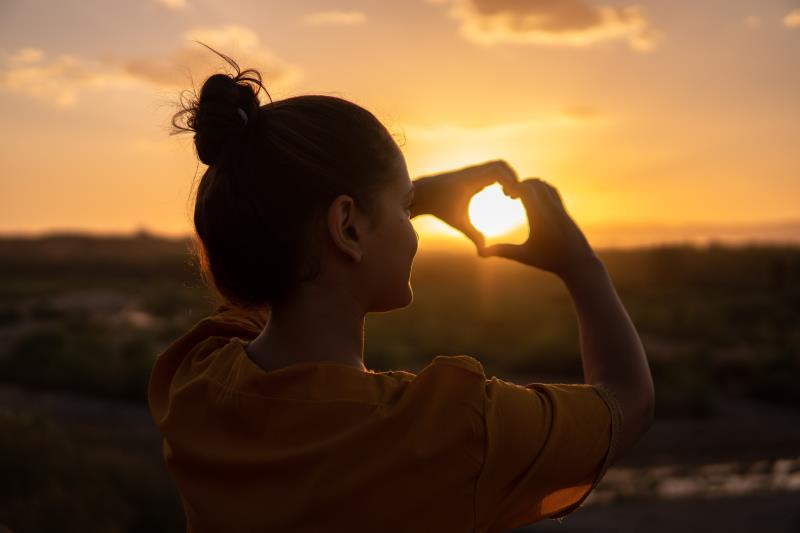
A sunny, lovely day at the beach with no clouds in the sky may sound appealing, but it rarely looks intriguing in photographs. Your beach images will be more fascinating if your clouds are interesting.
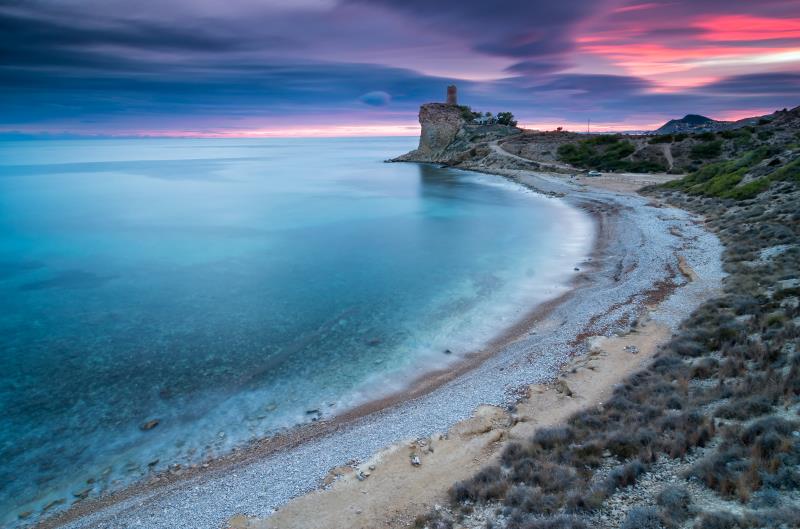
The blue hour follows the golden hour. The light dims and becomes bluer as the sun sets lower in the sky. At this time of day, long exposure photography is great. Although the first stars will appear, there will still be enough light bouncing around the atmosphere to shoot some stunning landscape shots.
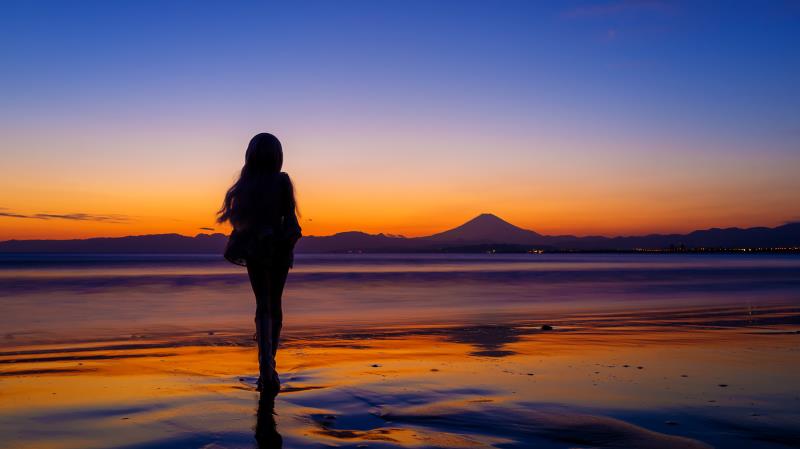
2. Choose the Right Focal Point
A basic stone or shell might serve as a focal point. It catches the viewer’s attention and sets the scene for the photograph. It keeps things interesting by telling an original story. Try focusing on a focal point in some of your nature photos and see what happens.
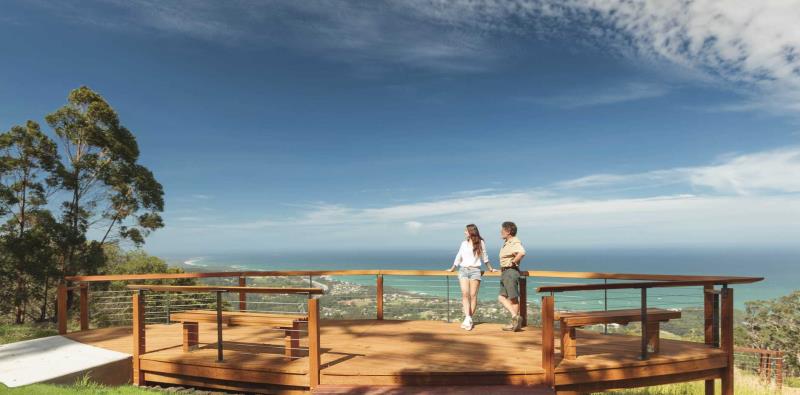 The greatest technique to create depth to your image is to use fundamental photographic composition, such as having a foreground, centre, and backdrop. A strong focus point is crucial to a successful beach shot.
The greatest technique to create depth to your image is to use fundamental photographic composition, such as having a foreground, centre, and backdrop. A strong focus point is crucial to a successful beach shot.
3. Seek for the Perfect Lens
Whichever lens you pick will undoubtedly affect the sorts of photographs you’ll be able to shoot at the beach. If you want to photograph wide seascapes, a wide angle lens will be ideal. A telephoto lens, on the other hand, will let you to zoom in on features both on and off the water, allowing you to produce abstract images and get closer to your targets without disturbing the moment.
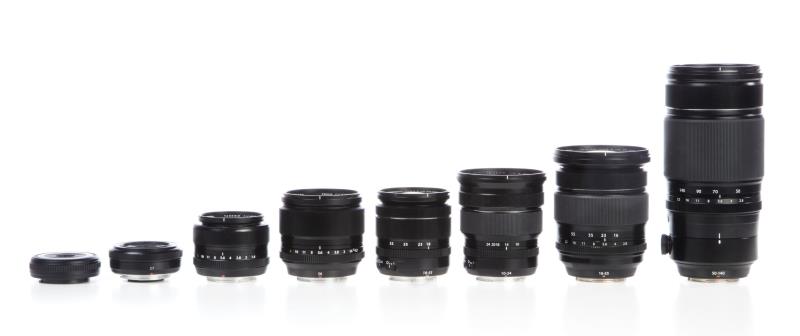
If you’re not sure what to bring, choose a mid-range zoom lens, which will provide you with some focal length flexibility.
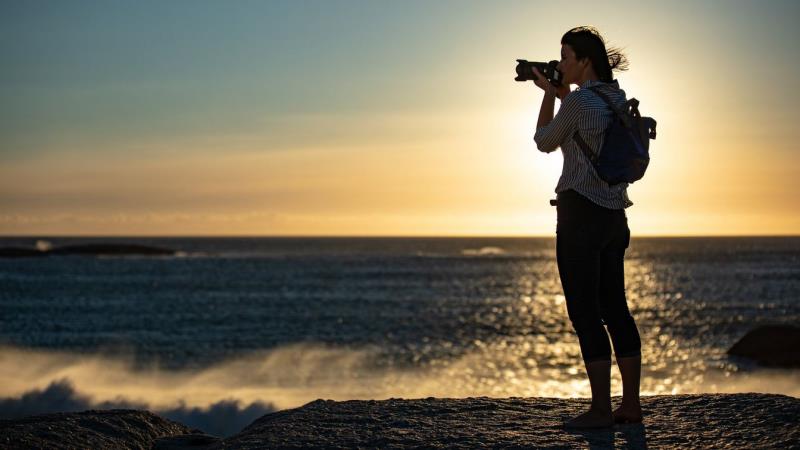
4. Bring a Lens Hood with you
Bring a lens hood with you to the beach if you plan on shooting into the sun. It will not only assist to prevent stray light from causing lens flares, but it will also help to lessen some of the haze and glare associated with backlighting. Your images will have reduced contrast between bright and dark regions while maintaining more details.
A lens hood is also useful for shielding your lens’s front element from harm if you drop it or bump into something.
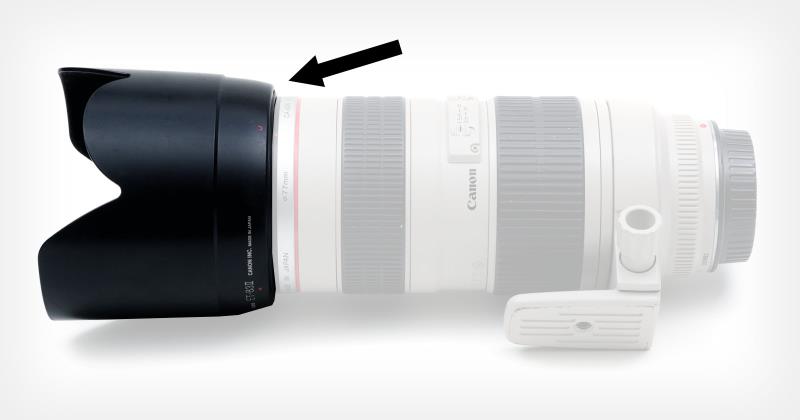
5. Make the Most of Your Tripod
Before you leave, remember to pack your tripod with the rest of your gear. Although most beach photography is done handled, a tripod is required for action photographs with a quick shutter speed, such as cliff leaping, water sprays, or volleyball photos.
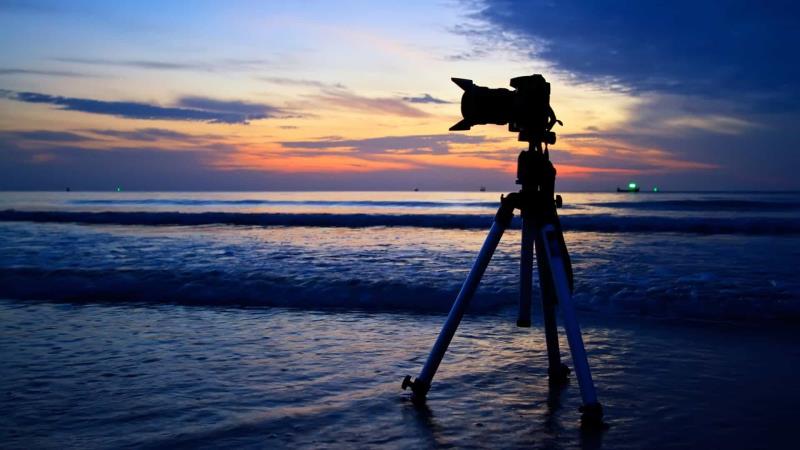
Having your camera placed on a tripod also allows you to shoot at a lower ISO, resulting in higher-quality images with less noise. This is especially crucial if you intend to publish your images in the future.
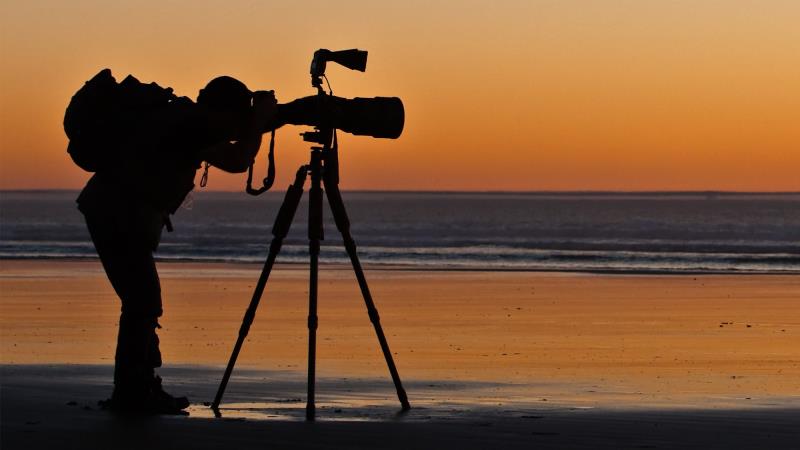
6. Use the Flash to Avoid Shadows
Sunny days at the beach need portrait photography. A sunny day, on the other hand, might destroy a portrait by casting the subject’s face in shadow. To avoid this, switch on your camera’s flash and force it to engage while shooting in bright light to expose your subject and eliminate bothersome shadows.
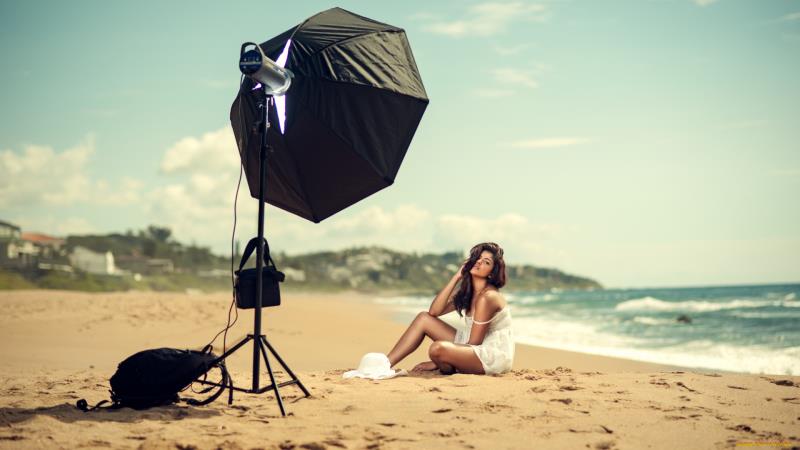
This will serve in illuminating them against the extremely light backdrop. It will also improve exposure by balancing all of the ambient light reflected by the beach, water, and sky.
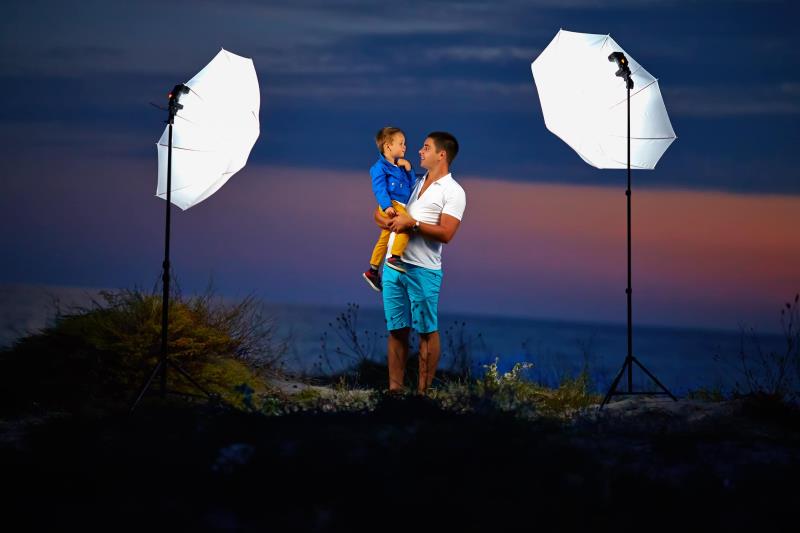
7. Go Wide with Wide Angle Lens
Wide-angle lenses are used by professional landscape photographers to make the foreground appear larger, pulling the spectator in and generating a feeling of depth. The broad focal range highlights foreground objects and produces a sense of depth that other lenses cannot equal.
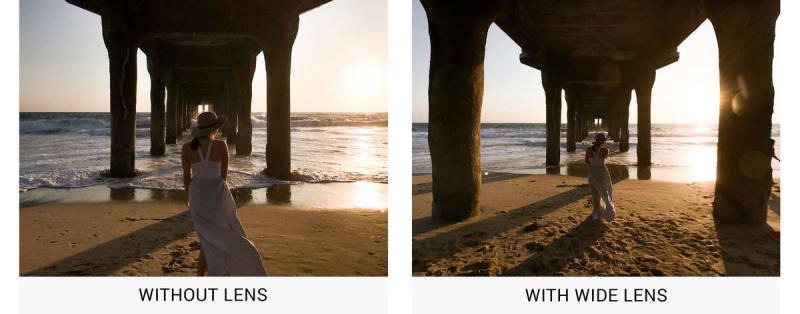
In practise, a wide-angle lens makes the foreground appear larger. This viewpoint brings the observer into the image and aids in the creation of depth. A wide-angle lens emphasises the foreground and accentuates key areas that would be missed by a conventional macro or stock lens.
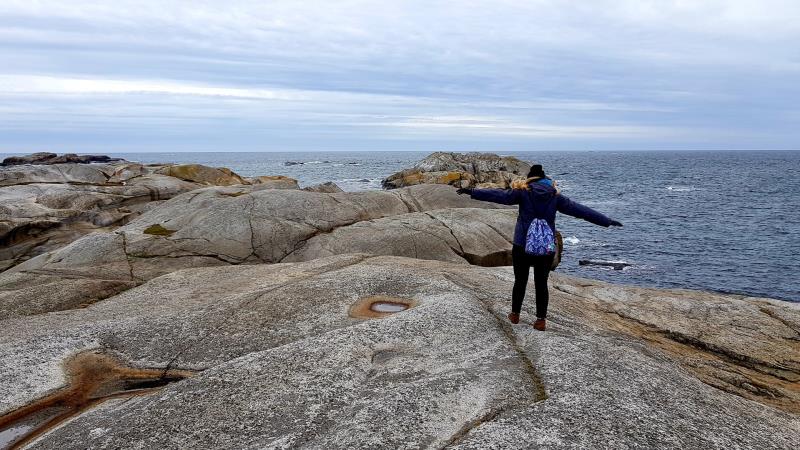
8. Do Not Forget the Close-Ups
Beach images aren’t only for landscapes; they also capture the beauty that’s physically there in front of our eyes. Shift your focus from wide-angle to close-up images. The change will allow you to capture completely different images on the same beach.
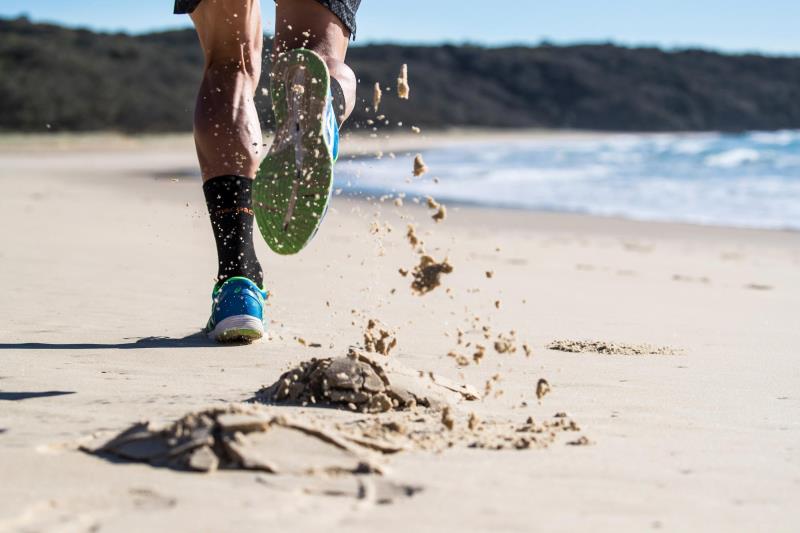
Look for intriguing textures in the sand, rock features, and so forth. Beaches are also excellent locations for wildlife photography. Beaches are frequented by birds such as seagulls and sandpipers. To get close to the bird, use a high-quality zoom or telephoto lens.
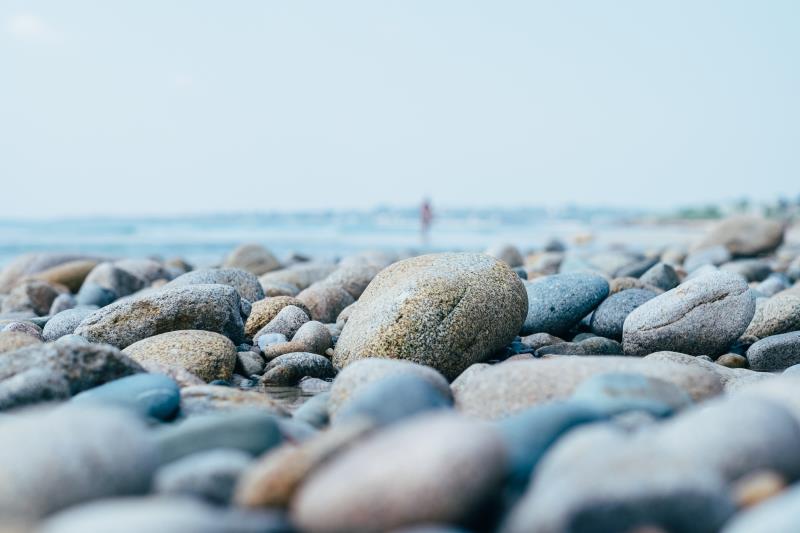
9. The Night Photography
When illuminated by a full moon, the shoreline may be just as stunning at night. Even if the moonlight isn’t available to assist you capture the foreground, you can shoot the stars with the waves softly lapping ashore or even snap a panoramic of the Milky Way arching over the horizon line. These may create stunning landscapes, especially if there are sea stacks on the shore to add interest.
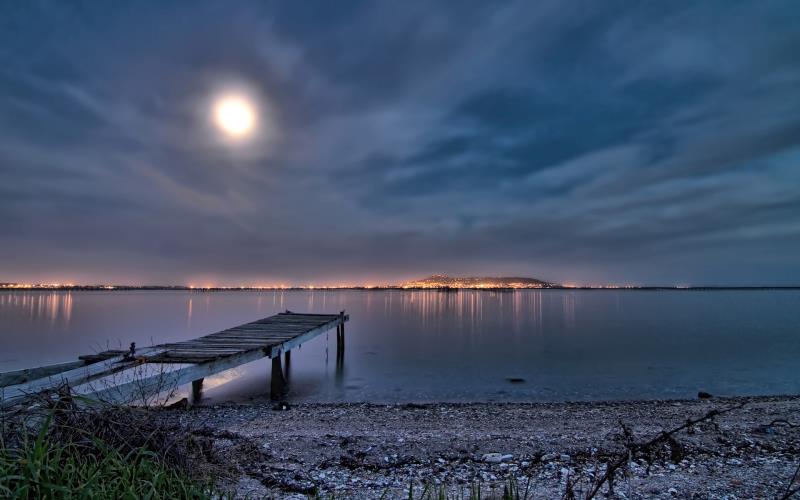
The setting is ideal for stars. You could even see some star reflections if the water is quiet. If your camera has the capability, try shooting the Milky Way with a super-wide lens.
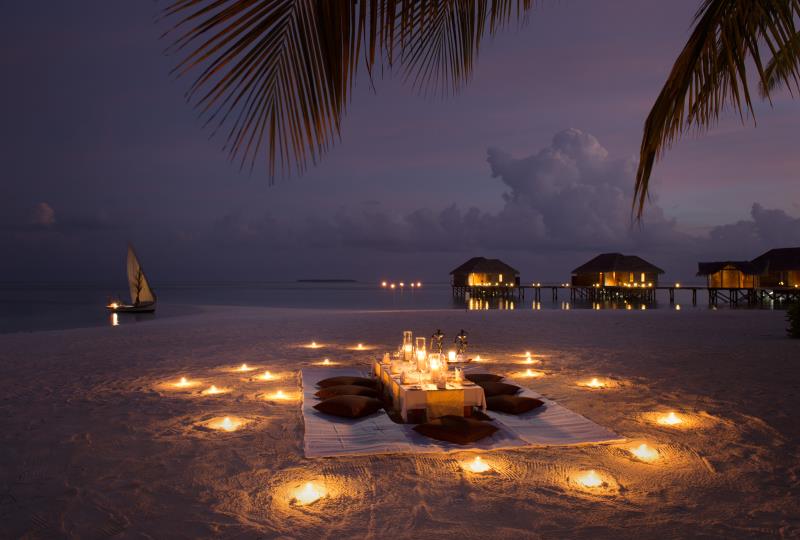
10. Play in Black & White
Because of the obvious shadows and illuminated regions, strong sunlight produces a high-contrast B&W picture. A polarising filter plus a red filter will increase contrast in the image while decreasing flare.
If the sky is gloomy and drab, B&W photography is ideal for improving a shot.
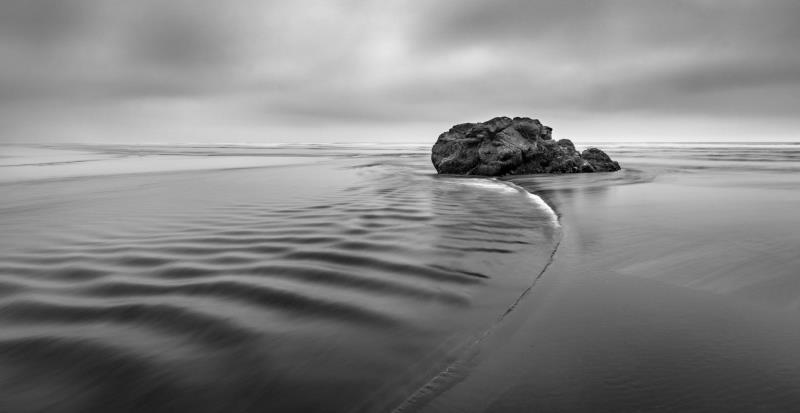
As a result, the background is practically white, making it ideal for beach photographs. B&W beach photographs contribute to the mood of a timeless (and maybe more creative) shot.
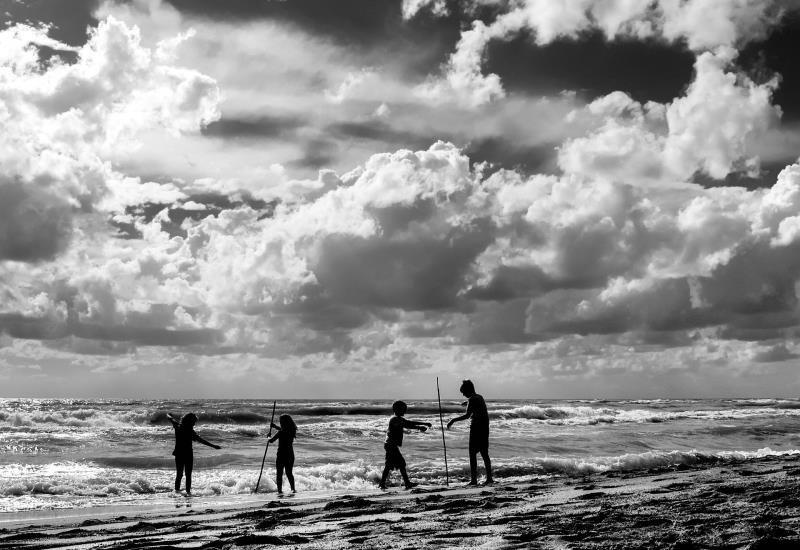
Well, it doesn’t end here. We have more tips for you. Checkout the Tips for Amazing Beach Photography: Part 2


